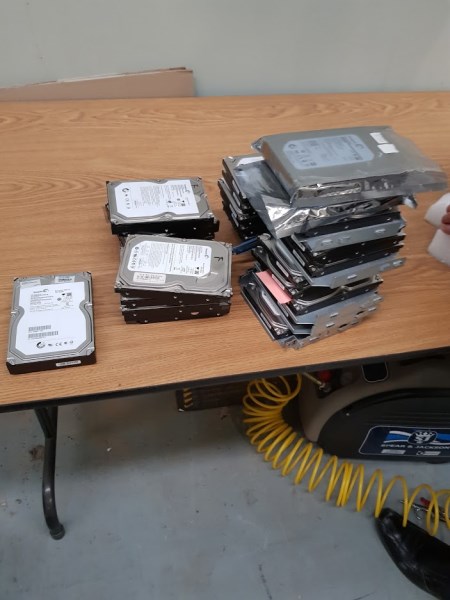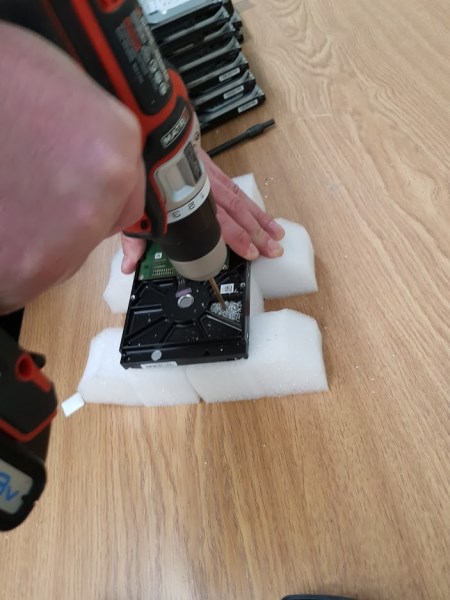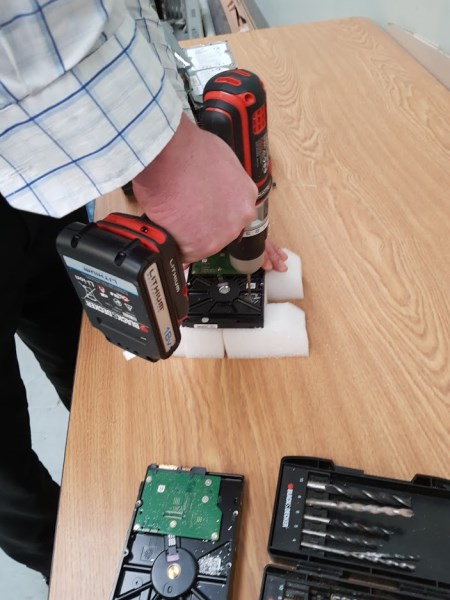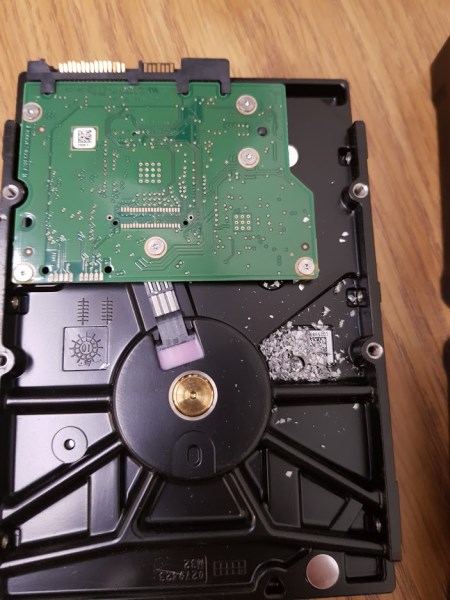Today, with the legal nightmare we live in, you need to protect the sensitive data you have.
Computers today store a lot of private information, both for you and your customers. You can get into a lot of trouble if the courts rule that you have released your customer or staff details, such as financial records and confidential documents. Failing to destroy this information on your computer correctly can lead to severe consequences, such as data breaches, identity theft, and legal ramifications.
Before proceeding, always ensure that any critical data you require is backed up securely.
Data removal
When disposing of old hard drives, simply deleting files or formatting the drive is not good enough. This data can often be recovered by skilled individuals with specialised software. If they do this, you are at risk.
Shredding
One popular and reliable data erasure software is CCleaner, which I have spoken about before. It has a free Drive Wiper tool specifically created for this purpose to erase your data from a hard drive. It works by overwriting your hard drive with ones and zeros. This is claimed to make it virtually impossible to retrieve your information.
Features and Benefits of CCleaner
- Easy to use: CCleaner is relatively easy; if you need help, call me.
- Multiple overwrite passes: The software allows you to choose the number of overwrite passes, with more passes providing a higher level of security. I leave it on a high setting and let it run overnight. I use multiple overwrite passes on the hard drive and use the option of the U.S. Department of Defense (DoD) 5220.22-M standard. It should be okay with us if it's good enough for them.
The big plus of this method is that the hard drive can be reused, which means that it can be resold.
I have personally never seen a problem with data security with anyone using this method.
Best Practices for Hard Drive Destruction
For many, this is not good enough, as they feel that their data might still be recovered by experts. The only thing that satisfies them is physical destruction methods.
Our Approach to Hard Drive Destruction
Over the years, we have developed an approach that works well.

Step-by-Step Process
Drilling Holes: We take the hard drive and use a powerful drill to create multiple holes through the casing and platters. This physically damages the drive.



Hammer Smashing: To further ensure data destruction, we place the drilled hard drive in a sack and use a hammer to smash it into smaller pieces. This step helps to pulverize the platters and other components, making data recovery virtually impossible.
Separating: Once smashed, we separate the shattered pieces of each hard drive into two distinct piles, so about half are in one pile and the other half in the other.
Disposing: We dispose of one pile in our regular bin, and the other is discarded on my way home in a public trash bin far from our work. This added precaution ensures that even if someone were to retrieve the pieces, they would not have the complete hard drive, further reducing the risk of data recovery.
In the 40 years we have been in POS Systems, we have never had a problem with this method.
While this approach may seem excessive, it reflects our commitment to data security.
Ineffective Methods to Avoid
Using a hammer or dropping them
Hard drives are strong and built to take punishment. This means that even if you smash one with a hammer, there may still be parts of the disk platter left undamaged which may be used for data recovery.
Throwing into the bin
If your rubbish is going to the tip, some people scour the tips, and a working hard drive is worth some money.
Fire or chemicals
Many people suggest throwing hard drives into fire or chemicals at them, neither of which I recommend. These hard drives contain many dangerous chemicals; you do not want to breathe in the fumes.
Conclusion
Today, protecting sensitive data is a critical responsibility.


